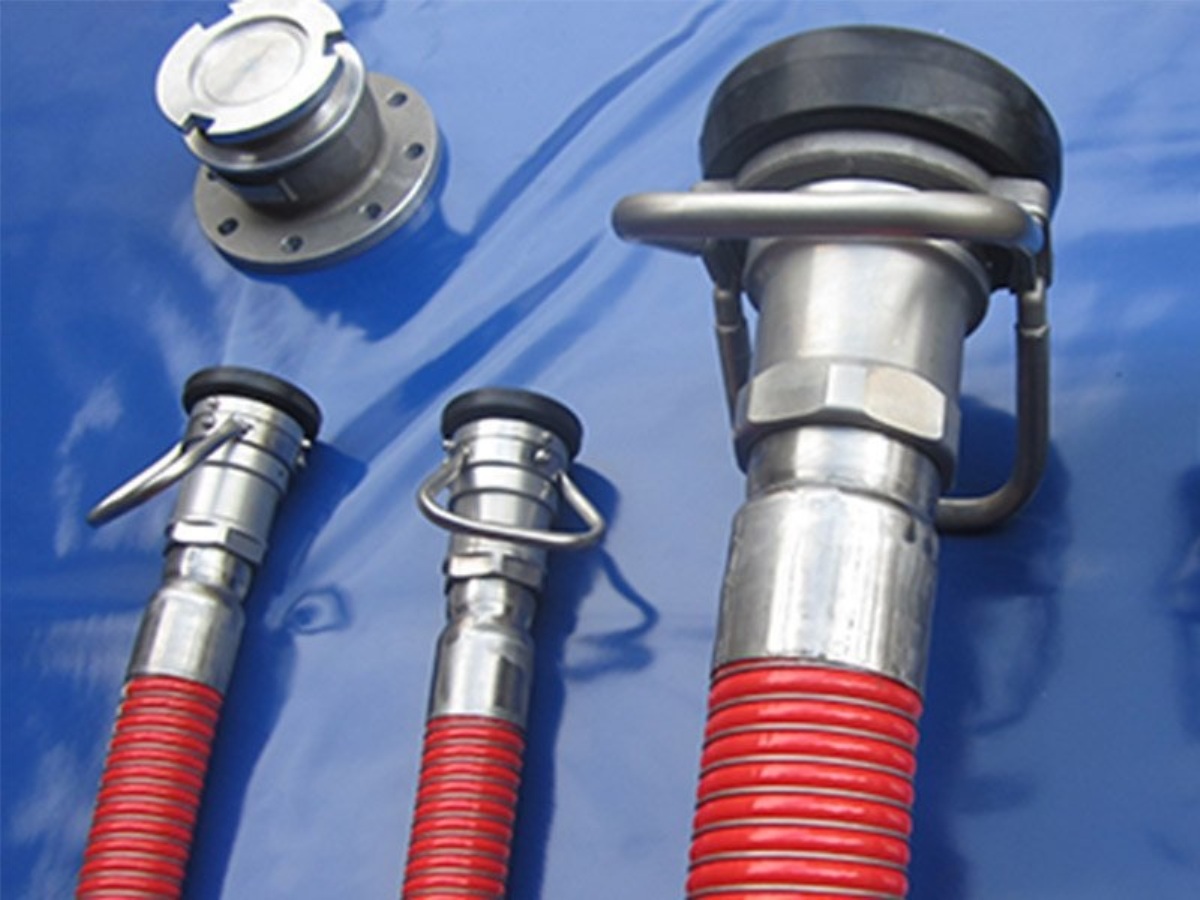
The global market for rheumatoid arthritis treatments is expected to grow at a CAGR of...
Learn More
Our consulting solutions address company specific challenges with respect to micro environment...
Learn More
Organizations frequently need day-today research guidancein order to gain strategic...
Learn More
Exploring different areas of market research and market analysis is a key factor...
Learn MoreAcute Market Reports presents the most extensive global business research services across industries. Our research studies focus on potential outcomes, benefits, and risks associated with each market segment across geographies. Having served our global clients for more than 10 years, our prime priority is to enable our clients in making well-informed business decisions through a data-driven, analytical, and uncomplicated research approach.
We provide access to the world's most comprehensive, analytical, and updated business intelligence services and solutions.




The global medical imaging software market is projected to grow at a CAGR of 7.2% during the forecast period of 2025 to 2033, driven by factors such as the increasing prevalence of chronic diseases, advancements in imaging technology, and the rising ...
Read More
The aircraft refueling hose market is expected to grow at a CAGR of 4.7% during the forecast period of 2025 to 2033. Aircraft refueling hose market involves the production and distribution of specialized hoses used for fueling various types of aircra...
Read More
The FinFET (Fin Field-Effect Transistor) technology market is expected to witness a CAGR of 23% during the forecast period of 2025 to 2033. The FinFET Technology market is on a growth trajectory due to the continuous shrinking of semiconductor proces...
Read More




